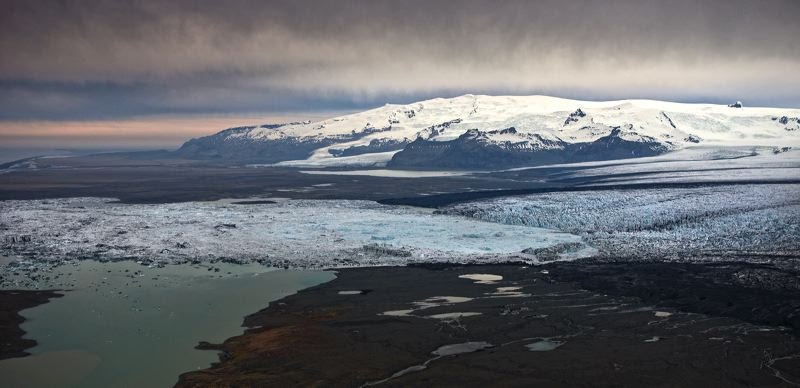Tourism in Figures, January 2020

Tourism in Figures – January 2020 offers a summary of key figures on Icelandic tourism in 2019; number of visitors, registered overnight stays, hotel occupancy rates along with visitor survey results.
Almost two million international tourists came to Iceland by air through Keflavik Airport, 14.2% fewer than in 2018. International tourist arrivals declined each month in 2019, with the greatest proportionate decreases in May (-23.6%) and September (-20.7%) and the least during the winter months: 5.8% in January, 6.9% in February, 1.7% in March and 8.6% in December.
Around 71% of tourists were of ten nationalities. By nations, the largest proportion came from US, the UK, China, Germany and France. The number of US travellers fell by one-third from 2018 to 2019. There were also significant declines in numbers from Canada (-20%) and the UK (12%). The distribution of nationalities varied from month to month. Around two of every five US, German and French visitors came during the summer (June-August); around three out of every five UK visitors and two out of every five Chinese visitors came in the winter months (January-March /November-December).
The vast majority (about nine out of every ten visitors) were on holiday in Iceland; this was the same proportion as in 2018. Around 3.5% were visiting friends and relatives and 3.3% were on an educational or health-related trip. Three per cent of trips were business-related.
International visitors to Iceland spent an average of 6.6 nights in the country in 2019, similar to the figure in 2018. The longest stay were in August (8.4 nights) and July (8.0 nights) and the shortest in January (4.5 nights) and February (5.1 nights). Of the top ten groups, by nationality, those from Germany, France, Spain and Italy spent the longest time in Iceland at more than eight nights.
According to Statistics Iceland’s database, there were about ten million registered overnight stays in the country in 2019, 3.1% fewer than in 2018. Almost three out of every five overnight stays were spent in hotels or guesthouses, the same proportion as in 2018. Nationwide room occupancy was over 70% during the period June to September. The lowest occupancy rates were in April (49%), January (50%) and December (50%). For most of the year, the utilization was highest in the capital region, the Reykjanes peninsula and Southern Iceland.
A high NPS score of 80 points indicates how satisfied visitors were with their stay in Iceland in 2019.
